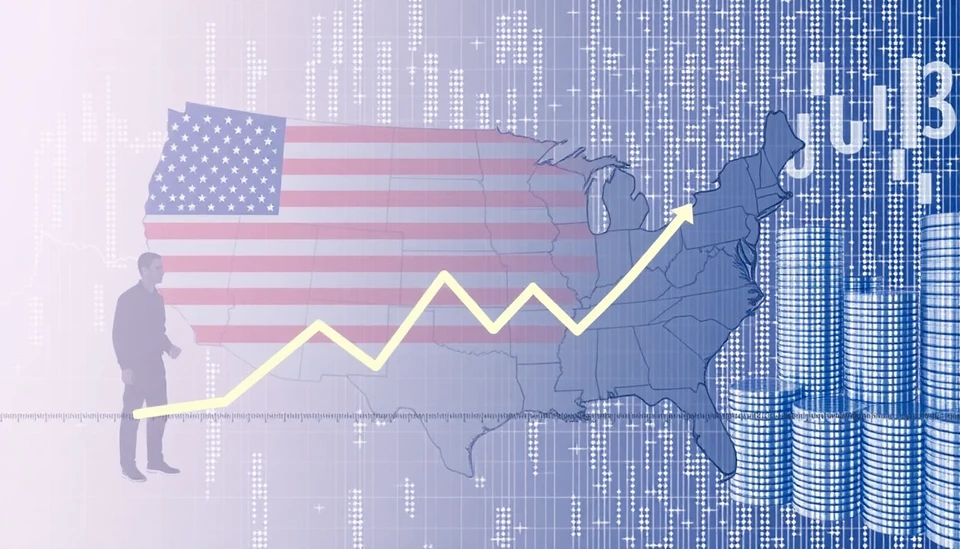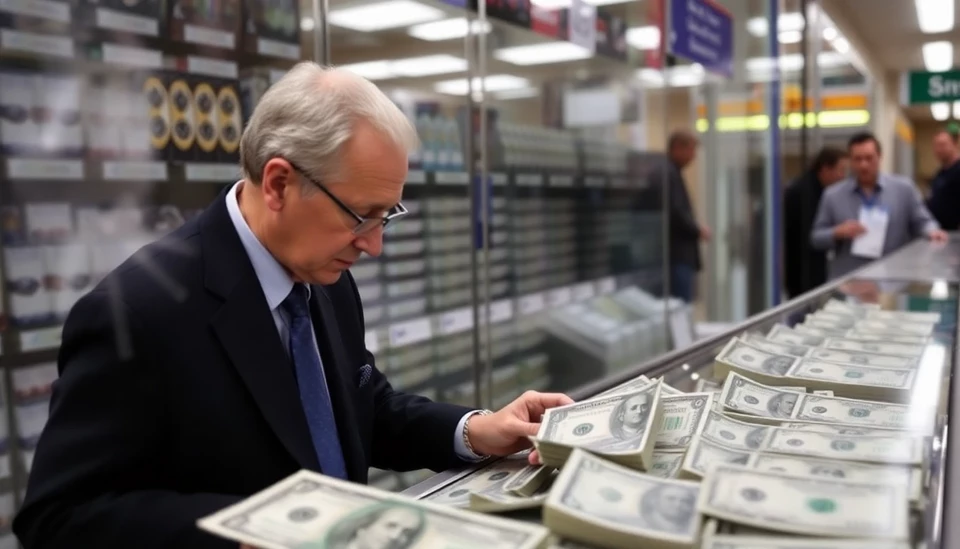
U.S. core inflation experienced an unexpected uptick in January 2025, rising by 0.4% for the month, surpassing economists' forecasts. This increase raises concerns about the persistence of inflationary pressures within the economy and poses challenges for policymakers as they strive to navigate between growth and inflation control.
The data, released by the Bureau of Labor Statistics, indicates that the core consumer price index (CPI), which excludes volatile food and energy prices, experienced a year-over-year increase of 4.8%. This figure notably exceeds the forecasts that anticipated a more modest 0.3% rise for the month and a lower year-over-year increase of around 4.6%.
The upward trend in core inflation is attributed to various factors, including higher costs associated with housing, transportation, and medical care. Specifically, the cost of shelter has been a significant driver, reflecting ongoing supply chain issues and consistent demand in the housing market. The transportation sector has also seen increases in prices, impacted by a combination of higher gasoline prices and supply chain disruptions that have persisted since the pandemic.
Economists are closely analyzing the implications of these figures on Federal Reserve policy. The central bank has been under pressure to adopt more aggressive strategies to combat inflation, and this latest data may spur discussions about the potential for further interest rate hikes. Market expectations have shifted as analysts speculate on the Fed’s next moves; some are predicting a potential increase as early as the next policy meeting, while others believe that the central bank may opt for a wait-and-see approach.
The Federal Reserve had previously expressed optimism regarding inflation, noting that supply chain issues were beginning to improve and that inflation was expected to return to its target levels. However, the rise in core inflation in January could force a reassessment of these optimistic views and prompt more decisive action to stabilize prices.
As economists and policymakers examine the implications of this data, there is a growing debate regarding the sustainability of economic growth amid rising living costs. The inflationary pressures do not only impact consumer behavior but also influence businesses' pricing strategies and investment decisions. Companies may need to absorb increased costs, passing them on to consumers or adjusting profit margins, which could ultimately temper growth prospects moving forward.
In light of this inflation data, consumers are likely to feel the pinch in their daily expenditures, which could lead to a shift in spending habits. Many households are already grappling with tighter budgets, and any sustained increase in prices may exacerbate financial strain and dampen consumer confidence.
The upcoming months will be critical as the Federal Reserve evaluates these economic indicators and responds to the challenges posed by rising inflation. Stakeholders across the economic spectrum will be watching closely as developments unfold in this evolving economic landscape.
#USInflation #EconomicNews #CoreCPI #FederalReserve #ConsumerPrices #MarketTrends
Author: Daniel Foster




